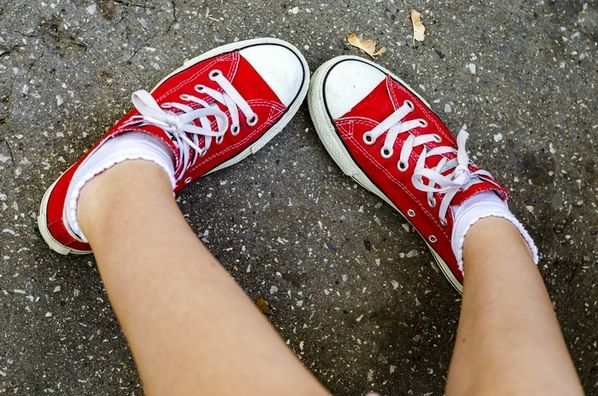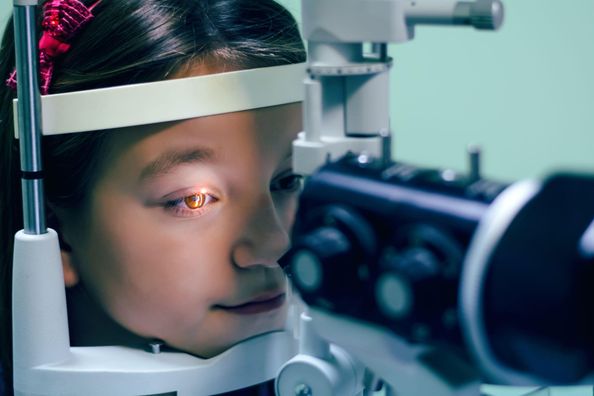Intoeing in infants may be noticed even before walking as they may have a curvature to their feet induced by intrauterine pressure. Intoeing in young children may be noted as the child seems clumsy and stumbles as a result of their toes catching on the other heel while walking or running. Older children may have an awkward gait, trip often and be teased by peers for being pigeon-toed. A child whose intoeing is associated with pain, swelling or a limp should be evaluated by their doctor.
What causes Intoeing?
There are three common conditions causing intoeing: a curved foot (metatarsus adductus), a twisted shin (tibial torsion), and a twisted thigh bone (increased femoral anteversion). Each of these conditions can occur by themselves or they can occur together. Prevention is usually not possible because these are hereditary. Often times these conditions will improve as children grow but in more severe cases, early intervention is important to reducing the amount of deformity that may cause pain and concerns later in life.
Treatment for Metatarsus Adductus
Metatarsus adductus improves by itself most of the time, usually over the first 4 to 6 months of life. Severe deformity, if diagnosed early, is treated with casting and special shoes. The success rate of treatment is very high in babies 6 to 9 months. Surgical correction may be required or considered in children over the age of 4 if the child has a stiff, residual deformity.
Treatment for Tibial Torsion
Tibial torsion almost always improves without treatment, and usually before school age. Some physicians choose to accelerate the correction process by using a Denis-Brown bar. A child whose intoeing is caused by a severe twist in the tibial bone that is causing significant problems with walking may require surgery. This is usually performed in children who are at least 8 to 10 years of age.
Treatment for Increased Femoral Anteversion
Increased femoral anteversion is expected to spontaneously correct in almost all children as they grow older. Studies have found that special shoes, braces and exercises usually do not help but in severe cases, the physician may choose to use a Denis-Brown bar to accelerate the process. Surgery is usually not considered unless the child is older than 9 or 10 and has a severe deformity that causes an unsightly gait and tripping.
Health Topics:







